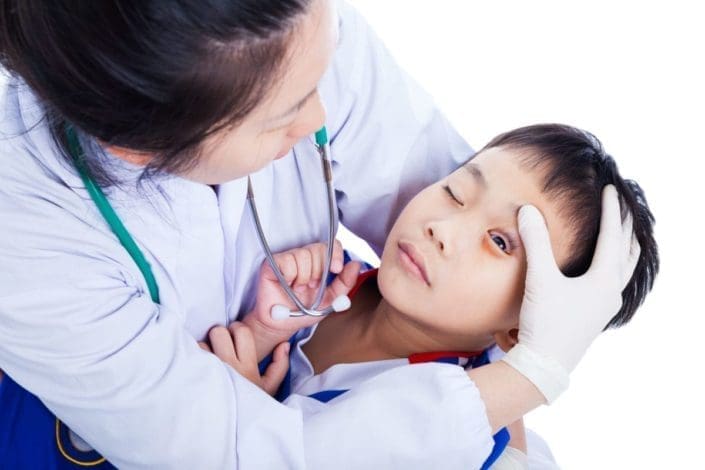Locked-In Syndrome
Unlike an episode of sleep paralysis, locked in syndrome can be expressed as a more extensive version of it without the demons or monsters, some people never recover from it. It can happen to anyone of any age or gender. This rare illness which leaves only sight and hearing as the only senses working. Therefore, sometimes it goes unnoticed which may lead to incorrect treatment and or the the resources available to still communicate is ignored. An individual suffering from this has no ability to move or speak however can blink and move their eyes as they please.
Causes:
Damage to a specific brain stem section called the pons, which contains neuronal pathways between the cerebrum, spinal cord and cerebellum, can cause and is the most common cause of this syndrome. Locked-In syndrome is a result of the interruption of all the motor fibres running from the grey matter in the brain through the spinal cord to the body's muscles, which in turn causes paralysis.
This damage can be caused by an:
- infection
- internal bleeding
- trauma
- blood-clot
- stroke
- loss of myelin
- polymyositis( inflamed nerves)
- cancerous or benign tumours pushing on the pons
A physician maybe able to diagnose the condition through a number of different ways which include the following. :
- Magnetic Resonance Imaging (MRI) of the brain can show that the pons is damaged.
- Magnetic Resonance Angiography can show the blood clot withing the pons/brainstem.
- Electroencephalogram (ECG) can show the normal activity of the brain as if awake during the coma like state, the individual may even have sleep-wake schedules which is why the ECG should be done at 2 different times of day.
Feeding and drinking will not be possible via the mouth (it may cause respiratory infection by running into the lungs rather than stomach) and hence will need to be assured via a small tube inserted in the stomach called gastrostomy.
It is important to establish an eye-coded communication as soon as possible. Healthcare providers and family and friends should try to find out what is the easiest code for the affected individual and consequently all use the same code. This can be ‘look up’ for ‘yes’ and ‘look down’ for no or whatever is the easiest movement for the specific case. Communication is then limited to closed yes-no questions and can next be replaced by eye-coded letter spellers such as saying the alphabet and having the affected individual look down to choose her or his letter. There are many variations on this way of communication presenting the letters in frequency of use in the English language A-Z or using letter boards with different columns and lines for vowels and consonants for example.
Next, treatment should be aimed at the early rehabilitation of the small voluntary movements that remain or recover (often in a finger or foot or swallowing and sound production). Rehabilitation and various supportive therapies are very beneficial and should be started as early as possible even if it needs to be stressed that recovery of near-normal motor control, speaking, swallowing and walking are extremely unusual.Devices to aid in communication and other assistive technologies have proven beneficial as well as allowing individuals to become active members of society. Infrared eye tracking devices now permit affected individuals to use a computer with artificial voice, control their environment, surf on the internet and send email.
In rare cases, some individuals have recovered limited motor abilities, however, in most people such recovery does not occur. Those who recover some motor control in hand or head (as will over half of the patients) can use this to communicate with a computer and sometimes control their wheelchair.
Recent studies and articles in the medical literature have noted that despite significant motor disability affected individuals can retain a good quality of life. In addition, quality of life is unrelated to the degree of physical impairment. With advances in care and assistive technologies, individuals with locked-in syndrome can become productive members of society.
It is highly important that individuals learn of this illness especially if their loved ones are diagnosed with it, as we all know now this illness does not mean the end as we are able to communicate with the person inside this trapped form of their own body.
Thank you for reading :)
Written by Anuja Rajeev
Resourses:



Comments
Post a Comment